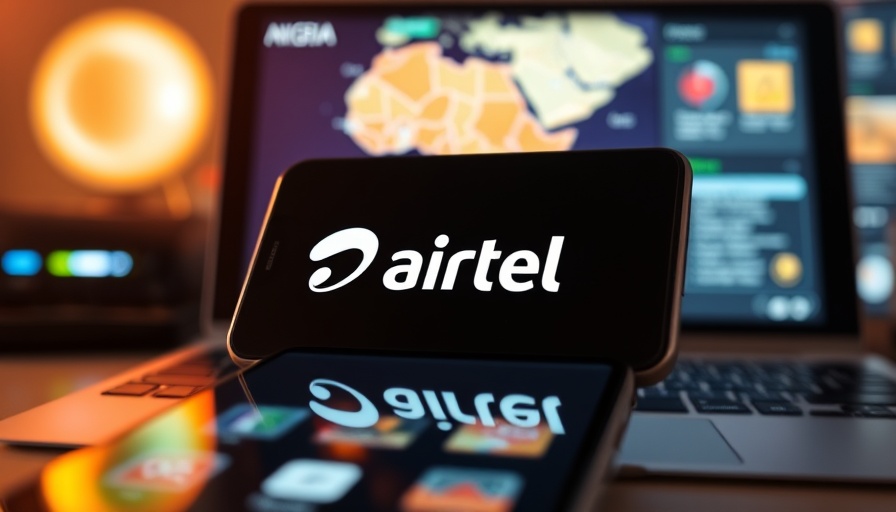
The Changing Landscape of Mobile Money in Kenya
In recent times, M-PESA, Safaricom’s flagship mobile money platform in Kenya, has been facing an unexpected decline. For the fifth consecutive quarter, its market share has shrunk—from 93.3% to a significant 91%, as reported by the Communication Authority of Kenya (CA). This decline aligns with the rising competition from Airtel Money, which is not only attracting customers with lower fees but also appealing to the wallet with promotional practices such as refunding transaction fees as airtime.
Airtel Money: Gaining Ground
Airtel Money, while still lagging behind M-PESA, has seen its market share increase from 7.6% to 8.9% during the same period. The strategic moves by Airtel, including significant enhancements to their agent network and partnerships with major supermarket chains, have helped them become a more viable alternative for consumers. The convenience of being able to withdraw and deposit cash at widely accessible locations contributes to Airtel's growing popularity.
Interoperability—A Game Changer
The introduction of increased interoperability among mobile money providers has emerged as a pivotal factor in this competitive landscape. Consumers now find it easier to switch between services, allowing Airtel Money to capture users looking for lower costs and better incentives. As this trend continues, the prospects for M-PESA's market dominance could further diminish.
The Future of Mobile Payments
Despite its recent struggles, M-PESA remains a heavyweight in Kenya’s financial ecosystem, boasting over 34 million users and handling a staggering 30 billion transactions, equating to KES 40 trillion ($308.8 million). Yet, the looming introduction of a new Fast Payment System (FPS) by the Central Bank of Kenya may disrupt all existing mobile payment services, thrusting M-PESA's dominance into uncertainty.
Insights for Tech Innovators
As tech entrepreneurs and investors in Africa’s thriving fintech scene, observing the shifting dynamics between M-PESA and Airtel Money presents both a lesson and an opportunity. The need for service providers to remain competitive amid this evolving digital landscape highlights essential tactics: affordability, excellent customer service, and proactive engagement with new technologies such as blockchain and AI.
This ongoing transformation within Kenya’s mobile payment sector illustrates broader trends within Africa's tech landscape as companies innovate to address unique challenges, improve user experiences, and adapt to changing consumer behaviors—a key takeaway for anyone involved in tech investment or entrepreneurship across the continent.
 Add Row
Add Row  Add
Add 


 Add Row
Add Row  Add
Add 

Write A Comment